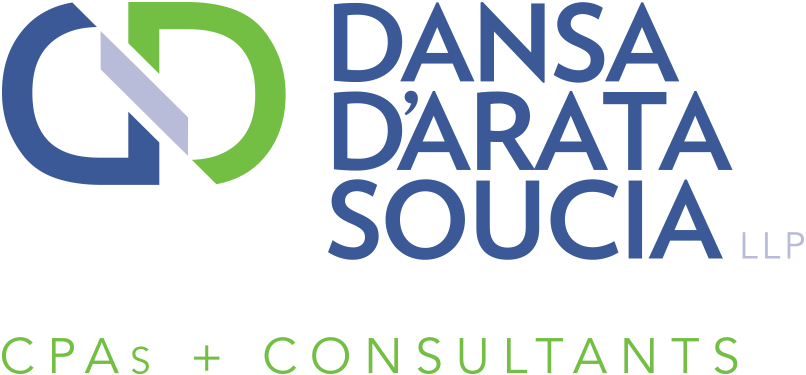Even if your income is high, your family may be able to benefit from the 0% long-term capital gains rate
 We’re entering the giving season, and if making financial gifts to your loved ones is part of your plans — or if you’d simply like to reduce your capital gains tax — consider giving appreciated stock instead of cash this year. Doing so might allow you to eliminate all federal tax liability on the appreciation, or at least significantly reduce it.
We’re entering the giving season, and if making financial gifts to your loved ones is part of your plans — or if you’d simply like to reduce your capital gains tax — consider giving appreciated stock instead of cash this year. Doing so might allow you to eliminate all federal tax liability on the appreciation, or at least significantly reduce it.
Leveraging lower rates
Investors generally are subject to a 15% tax rate on their long-term capital gains (20% if they’re in the top ordinary income tax bracket of 39.6%). But the long-term capital gains rate is 0% for gain that would be taxed at 10% or 15% based on the taxpayer’s ordinary-income rate.
In addition, taxpayers with modified adjusted gross income (MAGI) over $200,000 per year ($250,000 for joint filers and $125,000 for married filing separately) may owe the net investment income tax (NIIT). The NIIT equals 3.8% of the lesser of your net investment income or the amount by which your MAGI exceeds the applicable threshold.
If you have loved ones in the 0% bracket, you may be able to take advantage of it by transferring appreciated assets to them. The recipients can then sell the assets at no or a low federal tax cost.
The strategy in action
Faced with a long-term capital gains tax rate of 23.8% (20% for the top tax bracket, plus the 3.8% NIIT), Rick and Sara decide to transfer some appreciated stock to their adult daughter, Maia. Just out of college and making only enough from her entry-level job to leave her with $25,000 in taxable income, Maia falls into the 15% income tax bracket. Therefore, she qualifies for the 0% long-term capital gains rate.
However, the 0% rate applies only to the extent that capital gains “fill up” the gap between Maia’s taxable income and the top end of the 15% bracket. In 2017, the 15% bracket for singles tops out at $37,950.
When Maia sells the stock her parents transferred to her, her capital gains are $20,000. Of that amount $12,950 qualifies for the 0% rate and the remaining $7,050 is taxed at 15%. Maia pays only $1,057.50 of federal tax on the sale vs. the $4,760 her parents would have owed had they sold the stock themselves.
Additional considerations
Before acting, make sure the recipients won’t be subject to the “kiddie tax.” Also consider any gift and generation-skipping transfer (GST) tax consequences.
For more information on transfer taxes, the kiddie tax or capital gains planning, please contact us. We can help you find the strategies that will best achieve your goals.
© 2017


 It’s that time of year, business owners — a time when you’re not only trying to wind down the calendar in profitable fashion, but also preparing year-end financials and contemplating next year’s budget.
It’s that time of year, business owners — a time when you’re not only trying to wind down the calendar in profitable fashion, but also preparing year-end financials and contemplating next year’s budget.

 Accelerating deductible expenses, such as property tax on your home, into the current year typically is a good idea. Why? It will defer tax, which usually is beneficial. Prepaying property tax may be especially beneficial this year, because proposed tax legislation might reduce or eliminate the benefit of the property tax deduction beginning in 2018.
Accelerating deductible expenses, such as property tax on your home, into the current year typically is a good idea. Why? It will defer tax, which usually is beneficial. Prepaying property tax may be especially beneficial this year, because proposed tax legislation might reduce or eliminate the benefit of the property tax deduction beginning in 2018.


 Did you know that if you’re self-employed you may be able to set up a retirement plan that allows you to contribute much more than you can contribute to an IRA or even an employer-sponsored 401(k)? There’s still time to set up such a plan for 2017, and it generally isn’t hard to do. So whether you’re a “full-time” independent contractor or you’re employed but earn some self-employment income on the side, consider setting up one of the following types of retirement plans this year.
Did you know that if you’re self-employed you may be able to set up a retirement plan that allows you to contribute much more than you can contribute to an IRA or even an employer-sponsored 401(k)? There’s still time to set up such a plan for 2017, and it generally isn’t hard to do. So whether you’re a “full-time” independent contractor or you’re employed but earn some self-employment income on the side, consider setting up one of the following types of retirement plans this year.